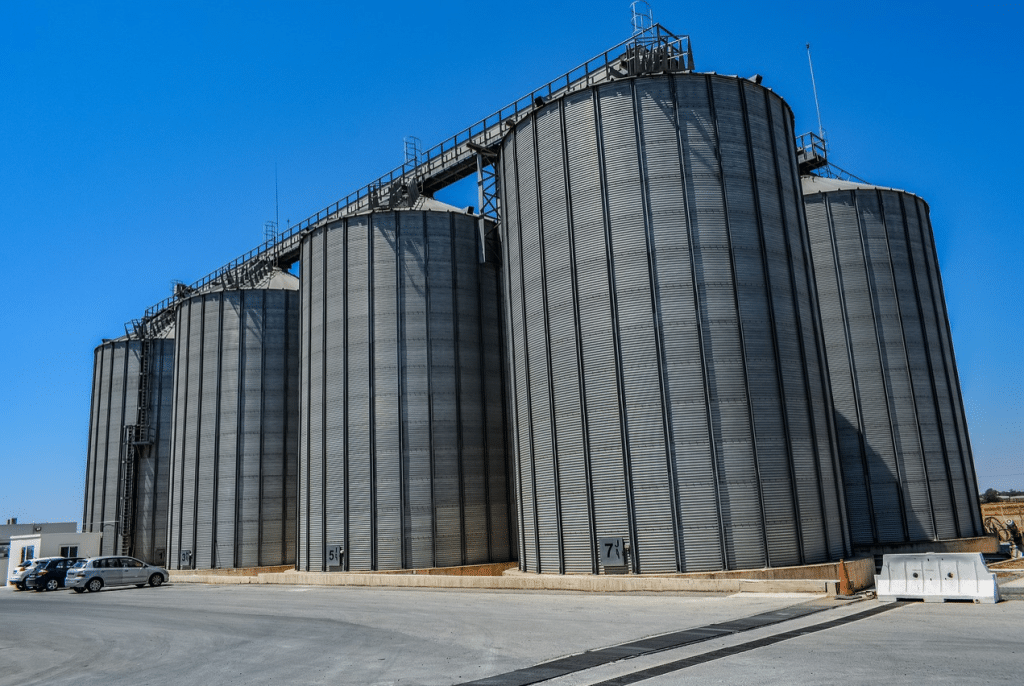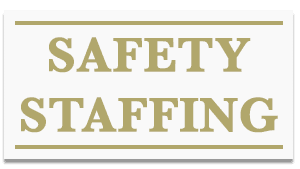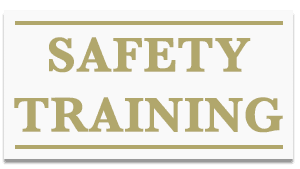Silo Syndrome And Safety: A Few Words

We are a nation of silos… A silo, as most of us know, is a tall, self-contained cylindrical structure that is used to store commodities such as grain after a harvest. It is also a figure of speech for organizational entities—and their management teams—that lack the desire / motivation or management direction to coordinate or communicate with other departments within the same organization. No business, institution, or government agency is immune to the “silo syndrome” where barriers often develop among the organization’s many functions.
In an organization suffering from silo syndrome, each department or function interacts primarily within that “silo” rather than with other groups across the organization. The Safety Department interacts with Safety, Manufacturing with manufacturing, and so on. Quality or Manufacturing staffs may see themselves as somehow different from safety or environment staffs and find themselves with differing views of workplace procedures, especially when safety is involved. This manifestation of silo syndrome breeds insular thinking, redundancy, and suboptimal decision-making.
In such situations, you might find teams of employees bypassing needed safeguards or safety procedures in the quest for greater efficiency and productivity. When the Safety Department later points out that there is non-compliance with OSHA and/or increased risk, the organization suffers from having to fix a problem that would not have happened had everyone been of the same mindset toward safety. The result is a more divided organization, with Safety personnel being perceived as “non team players” for slowing down a process in order to fix a hazard or compliance issue. However, the integration of safety throughout departments and processes can avoid the wasted time and monies spent to solve the problem.
Is your company suffering from Silo Syndrome?
Mike Taubitz spent many years in top positions at General Motors, including stints as Global Safety Director and Global Regulatory Liaison. He has a strong interest in lean manufacturing and its relationship to safety and in sustainability, and is recognized internationally for his expertise in machine guarding. He assists clients in creating efficient and effective safety programs, especially in manufacturing environments.
For a FREE consultation, please contact us.



